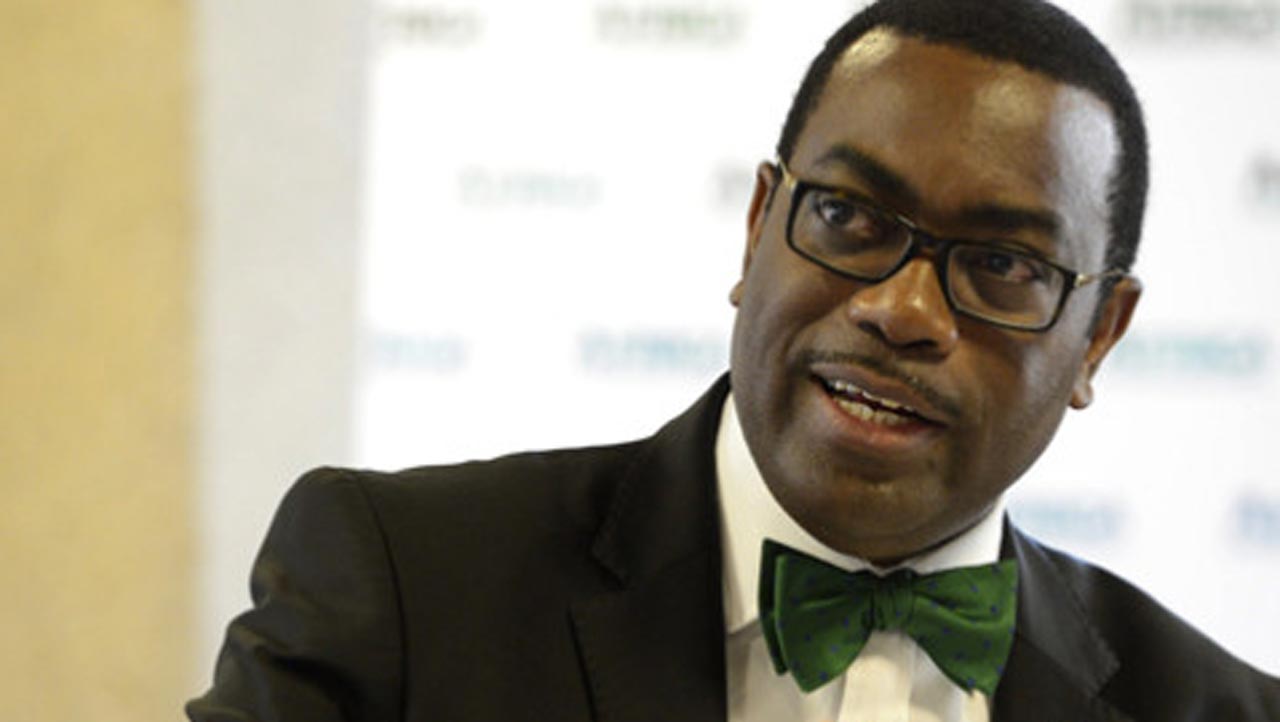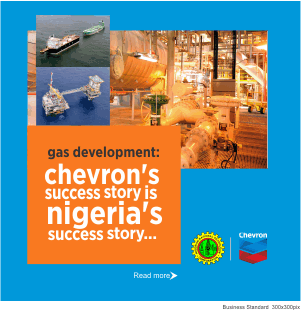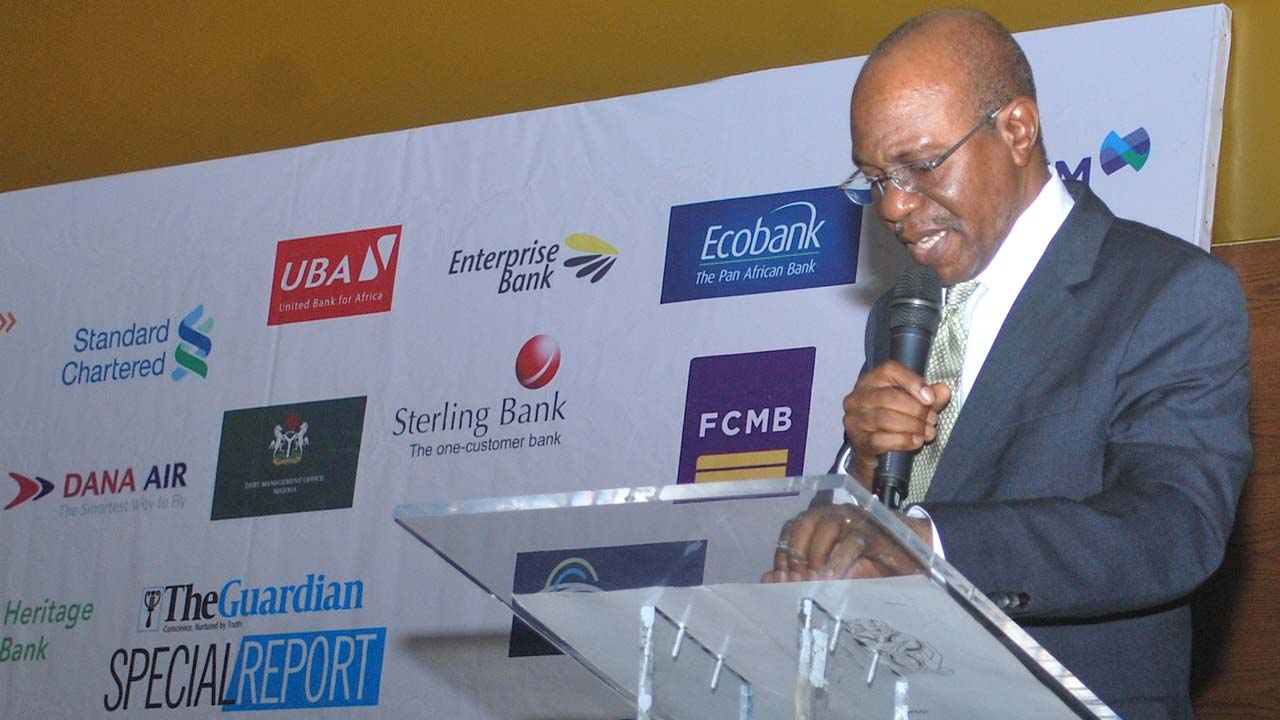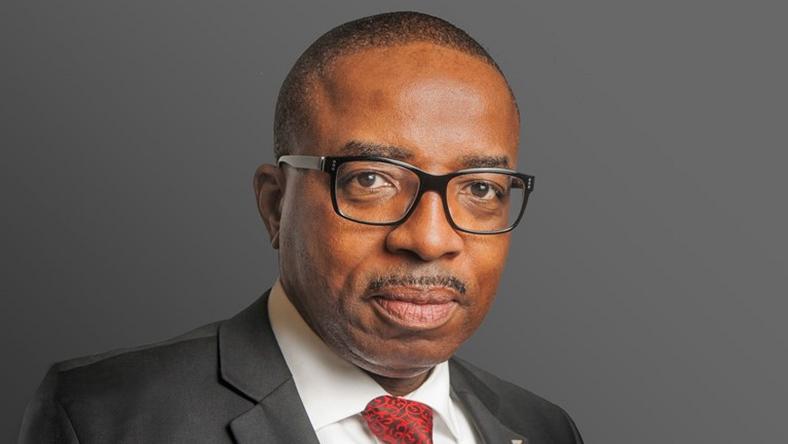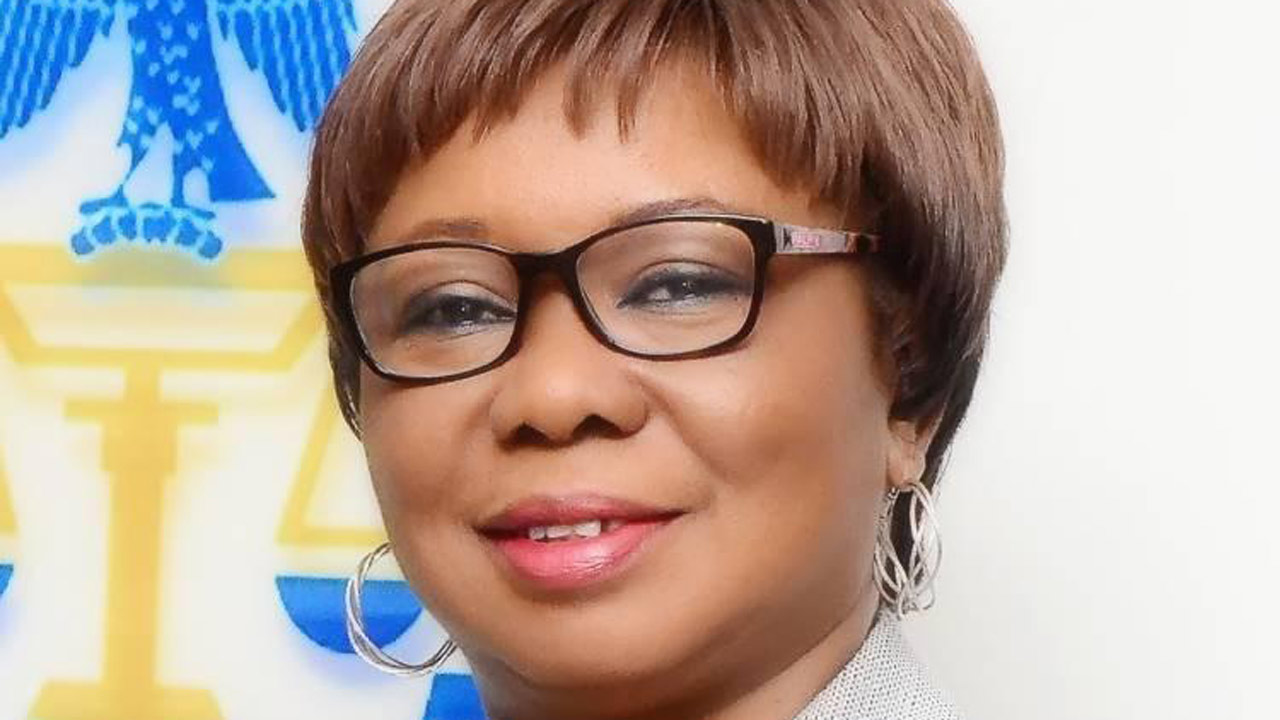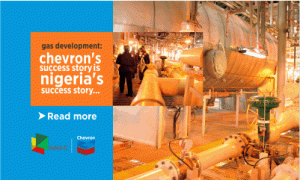President of African Development Bank (AfDB), Dr. Akinwumi A. Adesina, has developed a strategic new infrastructure financing policy for faster bridging of yawning infrastructure gaps across African economies.
In his presentation which centered one ‘Sustainable Infrastructure Forum’ at the ongoing UK-Africa Investment Summit (UK-AfIS), Dr Adesina, who argued that “There’s much talk about the infrastructure financing gap,” averred that “We should now be framing this differently as the infrastructure demand opportunity for financing.”
According to him, “The opportunities are many: from railways to ports, airports, water, sanitation, ICT and energy. That’s a $68-108 billion annual investment opportunity.
AfDB boss recalled that “Investors tapped early into information and communications technology infrastructure in Africa. Those investments became game changers for Africa.
“Just under two decades ago, Africa had fewer telephones than Manhattan in New York. Today Africa has over 440 million cell phone subscribers. Returns on digital infrastructure are very high as the continent expands broadband infrastructure to boost connectivity and improve services.
He argued further that “Many countries are borrowing to finance infrastructure. While such financing, especially if concessional, can help, greater focus should also be put on ensuring that governments attract the private sector into infrastructure financing. More focus is also needed to improve the policy, legal and regulatory environment to support greater private sector investments in infrastructure.”
“Take the case of energy. Unmet demand is for some 600 million people for electricity. Huge opportunities exist for investments in renewable energy, especially for hydropower, wind, solar, thermal and geothermal.
“But many of these opportunities can’t be realized unless we invest a lot more in project preparation to make projects bankable. The African Development Bank through its NEPAD infrastructure project preparation facility has helped to mobilize financing for $8.5 billion of infrastructure projects. That’s a leverage ratio of 1:525.
“We helped to establish Africa 50, an institution to support infrastructure project preparation and financing. It has raised over $860 million and will now be establishing a $1 billion third-party private fund to finance infrastructure investments by private sector on a commercial basis.
“The Sustainable Energy Fund for Africa (SEFA) based at the Bank, has supported investments in excess of $800m in renewable energy. And I was delighted yesterday to announce the partnership of DFID with the African Development Bank for £80 million to further support project preparation for infrastructure. There’s definitely need for more resources for project preparation facilities in Africa.
“The largest share of infrastructure finance is done by governments. Some $37.5 billion annually. There’s a need to improve the efficiency of public financing for infrastructure through better, more efficient, and competitive procurement processes, quality design, timely execution and better maintenance culture. Equally important is the need to focus on quality infrastructure, and move beyond the least-cost projects, and focus more on life cycle costs for infrastructure.
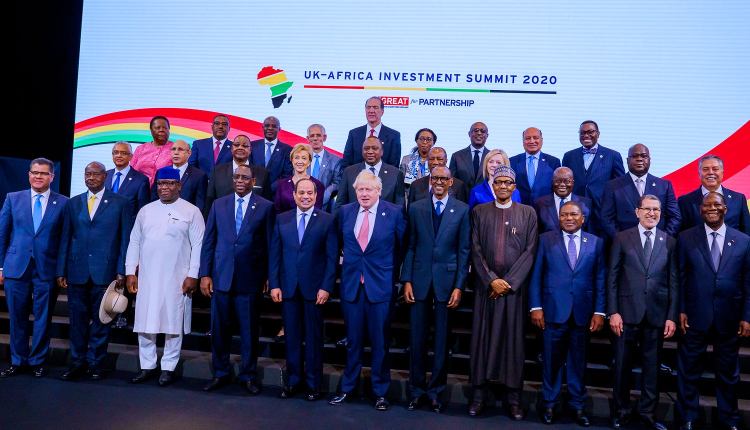
Continuing, Adesina believed that “Institutional investors hold a large pool of capital that needs to be mobilized and channelled into financing of infrastructure. Total assets under management alone by pension funds, sovereign wealth funds and the insurance sector in Africa is about $1.8 trillion. Tapping just a fraction of this into infrastructure will go a long way to close the infrastructure financing gap. Many reforms are needed. One is to designate infrastructure as an asset class for institutional investors. Meeting their infrastructure allocation targets would require them to hire quality staff who understand infrastructure.
“Multilateral development banks like the AfDB and others should take early-stage investment risk in the project development phase. When cash-flow streams are stable, these brown-field projects can be rolled off to institutional investors.
He recalled also that the bank had launched a $1 billion synthetic securitization which it used to transfer risks on its private sector portfolio assets to the private sector, the first time this has been done by a multilateral development bank. The African Development Bank was able to free up $600 million for its balance sheet, which it is using towards renewable energy investments.
“We are currently exploring with the DFID the use of synthetic securitization for the sovereign portfolio of the African Development Bank. This will be used to transfer sovereign risk to the market, working with insurers and reinsurers in the UK. This could be a huge game changer for how governments can transfer their sovereign risks on infrastructure to the market.
“Because the bulk of infrastructure is financed through foreign loans, and the revenue streams are in local currency, it introduces high financial and forex risks to investors. Using swaps and hedging are effective, no doubt, but more can be achieved by focusing on local currency financing. This will also help with debt sustainability as the bulk of Africa’s external debt is on infrastructure.
“That’s why the African Development Bank launched the African Domestic Bond Fund to support the development of infrastructure debt markets in Africa. This helps in crowding in international investors and improving cross-border investments in Africa. The development of capital markets is also critical to create the liquidity and exits to encourage more investors into infrastructure in Africa,” President of the AfDB averred.

